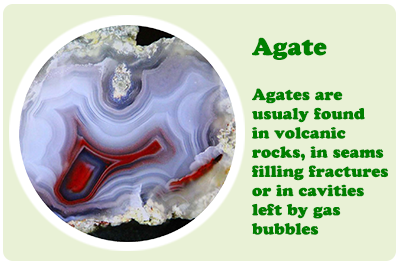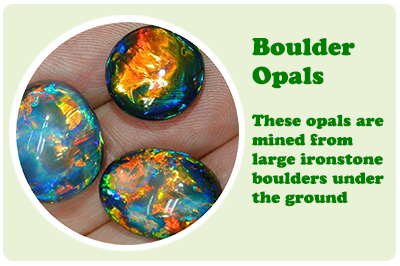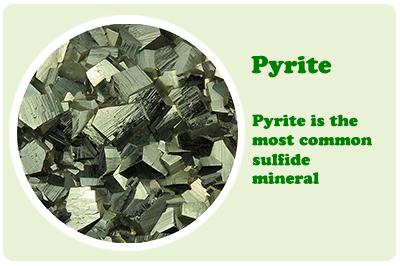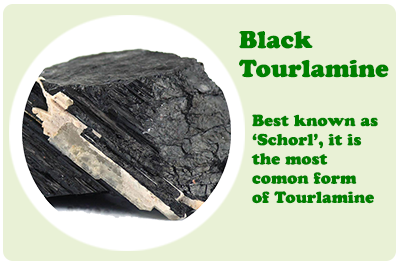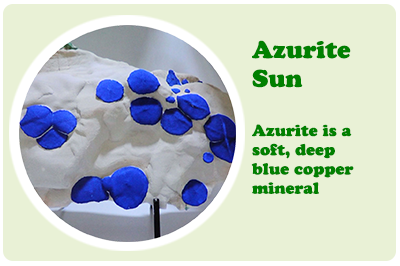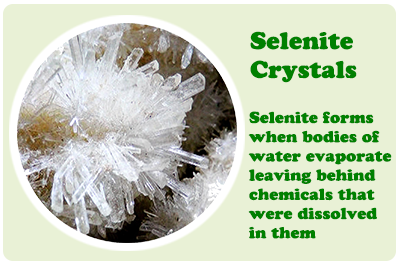What are Minerals?
To meet the definition of "mineral" used by most geologists, a substance must meet five requirements:
- naturally occurring
- inorganic
- solid
- definite chemical composition
- ordered internal structure
"Naturally occurring" means that people did not make it. Steel is not a mineral because it is an alloy produced by people. "Inorganic" means that the substance is not made by an organism. Wood and pearls are made by organisms and thus are not minerals. "Solid" means that it is not a liquid or a gas at standard temperature and pressure.
"Definite chemical composition" means that all occurrences of that mineral have a chemical composition that varies within a specific limited range. For example: the mineral halite (known as "rock salt" when it is mined) has a chemical composition of NaCl. It is made up of an equal number of atoms of sodium and chlorine.
Every person uses products made from minerals every day. The salt that we add to our food is the mineral halite. Antacid tablets are made from the mineral calcite. It takes many minerals to make something as simple as a wooden pencil. The "lead" is made from graphite and clay minerals, the brass band is made of copper and zinc, and the paint that colors it contains pigments and fillers made from a variety of minerals. A cell phone is made using dozens of different minerals that are sourced from mines throughout the world. The cars that we drive, the roads that we travel, the buildings that we live in, and the fertilizers used to produce our food are all made using minerals.
Source: https://geology.com/minerals/what-is-a-mineral.shtml
